Breaking Beta | Does Hangboard Training Increase Pinch Strength?
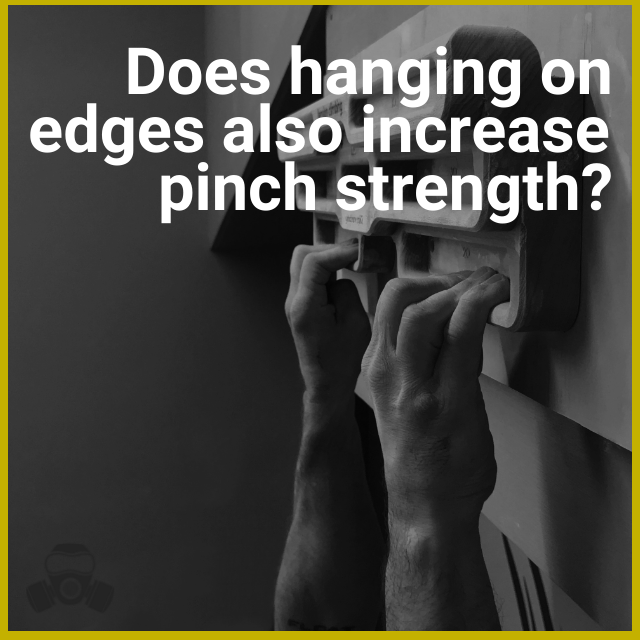
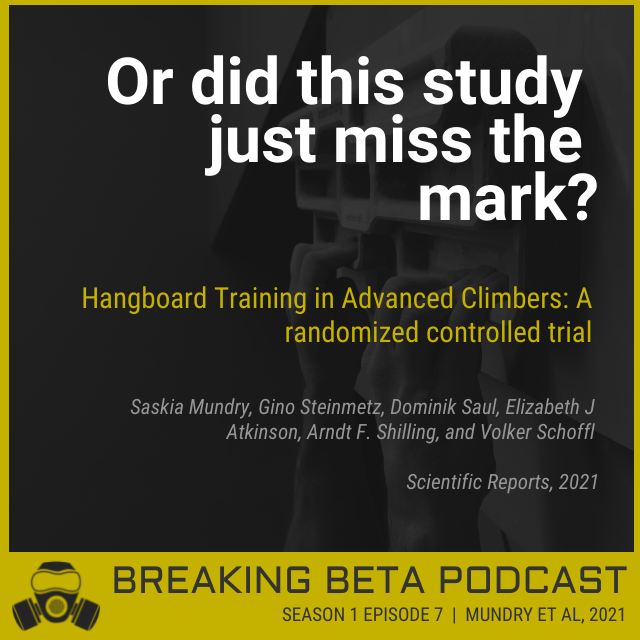

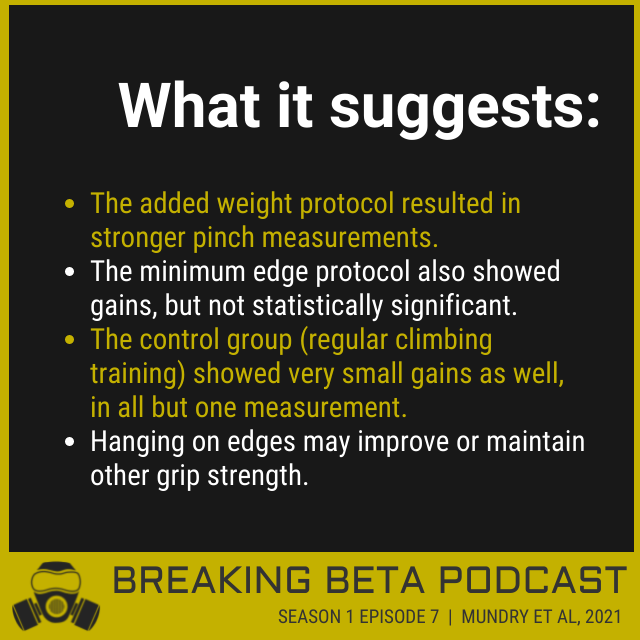
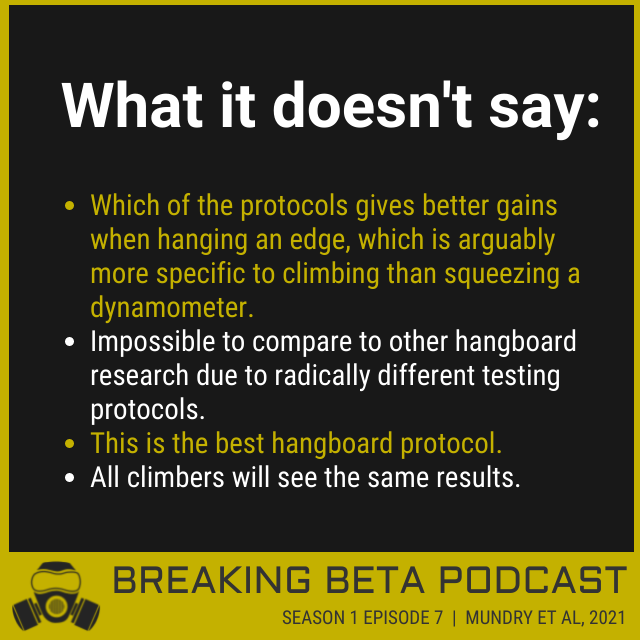

In this episode, Kris and Paul discuss another study seeking to determine if there’s really a best way to train on a hangboard:
Hangboard Training in Advanced Climbers: A Randomized Controlled Trial
authored by Saskia Mundry, Gino Steinmetz, Dominik Saul, Elizabeth J Atkinson, Arndt F. Shilling, and Volker Schoffl; published in Scientific Reports in 2021.
They’ll attempt to determine whether or not there’s evidence that hangboarding can help you train more than just your crimping skills. Tune in to find out if this study dives deeper into the debate between Added Weight or Minimum Edge, or if it just dives off the deep end altogether.
*Additional studies/resources mentioned in this episode:
From Episode 1: The Effects of Two Maximum Grip Strength Training Methods Using the Same Effort Duration and Different Edge Depth on Grip Endurance in Elite Climbers authored by Eva Lopez Rivera and Juan Jose Gonzales-Badillo; published in Sports Technology, 2012.
New episodes of Breaking Beta drop on Wednesdays. Make sure you’re subscribed, leave us a review, and share!
And then please tell all of your friends who spend their warmup time telling you that your hangboarding is only going to carry over to that one rare four-finger flat edge on a rock climb, that you have the perfect podcast for them.
Got a question? Comments? Want to suggest a paper to be discussed? Get in touch and let us know!
Breaking Beta is brought to you by Power Company Climbing and Crux Conditioning, and is a proud member of the Plug Tone Audio Collective. Find full episode transcripts, citations, and more at our website.
FULL EPISODE TRANSCRIPT:
Breaking Bad Audio Clip 00:04
<phone ringing>
That's her.
Don't!
<phone ringing>
I have to talk to her.
<phone ringing>
You don't have to do anything. You answer that phone and Schraeder's on the other end of the line with a legal wiretap, recording everything you say, you're not doing anybody any favors except for him. In fact, why do you still have a battery in that thing? Take it out. You know, they might be trying to triangulate your movements. I'm not being paranoid, do it.
Kris Hampton 00:28
Paul, I'm recording everything you say, from here on out.
Paul Corsaro 00:32
That's why you bought me this microphone, right?
Kris Hampton 00:33
Hahaha. That's exactly why I bought you that microphone.
Paul Corsaro 00:35
You turn it on remotely.
Kris Hampton 00:36
Yeah, I'm triangulating your movements at all times, so.
Paul Corsaro 00:40
I go here and Crux and that's about it, so probably an easy equation to figure out haha.
Kris Hampton 00:45
Haha yeah, your movements are similar to my movements. We're not doing a whole lot of it. If someone were tracking our movements, we would both just look dead most of the time haha.
Paul Corsaro 00:57
Haha truth.
Kris Hampton 00:59
All right. Today's paper, at first glance, I was pretty excited about this paper for a couple of reasons. It seemed like, I've talked about this in several episodes now, where I really like it when researchers do this deep dive and keep asking different questions based on the same theme and it seems like this paper is one of those. It kind of seems like a spin off of some of some of Eva's research, the paper we did in Episode One of the season.
Paul Corsaro 01:28
They even talk about that paper a bit in this paper.
Kris Hampton 01:30
Yeah, they mentioned it in here. In fact, when I was just glancing through, and I saw them mentioning the same edge sizes and everything and I'm like, "Oh yeah! Hell yeah! Sweet!" and then I was like, "Oh. They're just talking about Eva's paper." But I like it when science works that way, so I got excited about this paper. How about you?
Paul Corsaro 01:50
Yeah, likewise, uh, you know, I always like to see more hangboard studies come out, just because I think that's one of the things that can be tested fairly in a controlled, controlled setup. So you know, in a lot of climbing, that's tough to do. There's things you know, moving along these days, where it looks like we're gonna be able to look at other elements of climbing, other than hangboarding, in a way that we can test and repeat, which will be cool. But right now, hangboarding is leading the way. This is a paper that came out in 2021, right? Yeah. 2021. So it was cool to see something you know, about as recent as it gets, come out.
Kris Hampton 02:26
Yeah, totally. I mean, I think when people are listening to this episode that will have been last year. But right now, this is a this year paper.
Paul Corsaro 02:35
Random....randomized controlled trial, which is always, that's a pretty high level of evidence for something, so you can get the takeaways from the paper and assume you can apply it with moderate with a moderate amount of success to people you work with.
Kris Hampton 02:48
And there's a lot of people who just want to talk about hangboard training anyway. There's the Hangboard Illuminati are out there and, you know, this is their favorite subject, so we're making them very happy with this paper. This papers title is "Hangboard Training and Advanced Climbers: A Randomized Controlled Trial". Authors are... there's a list of authors here and I think the first three who are Saskia Mundry, I'm probably messing that up, Gino Steinmetz and Dominik Saul. I think they did the majority of the work. And then there was some consultation and reviewing from Elizabeth J. Atkinson, Arndt F. Schilling and Volker Schoffl, who is a name that pops up in climbing specific research, particularly with the hand pretty often. It's from the Journal of Scientific Reports 2021 and the purpose was to determine which of two hang protocols was superior for improving grip strength: added weight or minimum edge. That's what they set out to find out. And...um... anything from you, before we jump into this thing?
Paul Corsaro 03:58
Let's do it.
Breaking Bad Audio Clip 04:00
You clearly don't know who you're talking to, so let me clue you in.
Paul Corsaro 04:05
I'm Paul Corsaro
Kris Hampton 04:06
I'm Kris Hampton
Breaking Bad Audio Clip 04:07
Lucky two guys, but just guys, okay?
Paul Corsaro 04:11
And you're listening to Breaking Beta,
Kris Hampton 04:14
Where we explore and explain the science of climbing.
Breaking Bad Audio Clip 04:17
With our skills, you'll earn more than you ever would on your own.
Breaking Bad Audio Clip 04:22
We've got work to do. Are you ready?
Paul Corsaro 04:26
I'm ready. Are you?
Kris Hampton 04:29
I am because the last paper we did was an extra special feel good paper, like had lots of magic pills that you could take and you know, all these easy things to implement and then I read this paper. So I'm ready. Let's get into the methods.
Breaking Bad Audio Clip 04:46
In a scenario like this, I don't suppose it is bad form to just flip a coin.
Paul Corsaro 04:53
Alrighty, so they took, I believe.... so one of the first things about this paper is the layout is a little strange.
Kris Hampton 05:00
It took me a while to realize that. I had my "Hey, you guys forgot something" cued up, ready for this paper, and then at the end, I found all the things I wanted to know. Hahaha
Paul Corsaro 05:10
Like you get some of the methods from the first paragraph of the results and.... anyways, so they had thirty initial participants. 27 completed the study, because three just didn't show up. It sounds like they had fifteen male and twelve female climbers. I thought that was kind of cool to see a little more balanced makeup of participants here.
Kris Hampton 05:31
Yeah, and it sounds like, you know, your, that your hypothesis from earlier this season, that the older studies seem to be more male dominated and as we get further along, we're getting a better balance that seems to hold true here as well. 2021, we're almost 50/50.
Paul Corsaro 05:48
Yeah, I hope that keeps on rolling that way. That'd be cool. Um, so they, these climbers were all considered advanced and they used a reported redpoint and onsight grades to kind of determine that. One thing, this is the first I've seen in a paper, was the IRCRA grade, which is basically a way to standardize, you know, all the different grading systems. You have, you know, the American grading system, the French grading, Australian, all that, they kind of put them all together in the single numerical scale. So I think that's actually a cool thing that comes out of this.
Kris Hampton 06:19
Yeah, I've seen that used a few times. I don't know if it's in any of the studies we've looked at yet, but but I've definitely seen it used and it's actually closest to maybe Australian grades. It's just a, you know, one through whatever numerical list that everything else correlates to. Super smart way to, you know, take all of the research and be able to compare it.
Paul Corsaro 06:43
I think it'd be cool, like, especially when they do bigger, like meta analysis and things like that, they'll have all these criteria where they can start kind of pooling sample sizes and having a quick, relatively easy way to standardize things.
Kris Hampton 06:56
Yeah, frankly, I'd be alright if we just switched all the grades to that. Why not?
Paul Corsaro 07:01
Keep it nice and simple, right?
Kris Hampton 07:02
Let's do it.
Paul Corsaro 07:04
So all these climbers, they explicitly didn't have any hangboard experience, which I thought was interesting.
Kris Hampton 07:09
Yeah, me too.
Paul Corsaro 07:11
You know, there's a lot of learning effect that they might need to control for there. But so without any previous hangboard experience, I think the median onsight grade was 11a or the median redpoint grade was 11a and the median onsight grade was 10c, so people who had climbed a good amount, but weren't climbing at maybe national level competition.
Kris Hampton 07:35
Yeah, that's one of the interesting things about the way a lot of the researchers categorize recreational, advanced, elite, whatever. That's changed over time and they seem to be using kind of the old method here where advanced was 5.11, so don't let the word throw you off. Because in today's you know, in today's media about climbing, advanced probably mean something closer to 5.13 instead of 5.11, so that word just shouldn't mean anything to you. Instead, let's we can look at the numbers.
Paul Corsaro 08:16
Moving into how they train, so they were separated into a control, a minimum edge group and then an added weight group. The groups trained two to three times a week for eight weeks with both hands when they felt sufficiently rested.
Kris Hampton 08:30
And the control group was just climbing.
Paul Corsaro 08:32
Correct.
Kris Hampton 08:32
They weren't weren't doing any hangboarding.
Paul Corsaro 08:34
And as they worked through, so the smaller edges group, they would just minimize the edge. They used a protocol modified from MacLeod and as they moved on, from week four, they continued to decrease the starting level of the edge. So they took different sizes of the edge and gave them different starting levels. So Level Zero was a jug, Level One was 37 millimeters, Level Two was 45 millimeters, Level Three 20, Level Four 28, Level Five 16, Level Six 18, etc.
Kris Hampton 09:07
Yeah.
Paul Corsaro 09:09
Yeah, so they did that and then the hangboard with the weight added group, so they just added weight. So they were performing a similar protocol from MacLeod and they would be adding an additional 1.25 kilograms of weight if a hold for could be held for more than 10 seconds. Um, do you have anything to add on those protocols as well?
Kris Hampton 09:30
I have one thing that threw me for a loop. And I'm in an Airbnb in Las Vegas right now on a climbing trip and I'm with a bunch of climbers and I asked them this when I was reading this paper, if this sounded like it made sense to them, and no one could make heads or tails of it, so I'm curious what you think of this. They mentioned that there was a warm up performed before all of the testing and all of the workouts and the warmup went as follows: Hang on a jug for five seconds, short break. Hang on a jug for 10 seconds short break. Hang on a jug for 20 seconds, then do as many pull ups as possible. That's the warm up.
Paul Corsaro 10:19
I wouldn't be ready to hangboard after that.
Kris Hampton 10:21
No.
Breaking Bad Audio Clip 10:22
That's pathetic. How hard did you even try or did you?
Kris Hampton 10:30
I couldn't have tried hard at all, only hanging on a jug for 20 seconds and then doing a bunch of pull ups. In fact, I'm probably a little bit worked from the pull ups and my fingers aren't warm at all. So that confused me.
Paul Corsaro 10:43
It seems like as we go through a lot of these methods, there's a lot of things that I feel like they maybe could have controlled a bit better.
Kris Hampton 10:50
Yeah, I liked the idea of, "Oay, let's take these two things that Eva looked at in concert, the maximum added added weight and the minimum edge and let's separate those and let's see what happens if we only do the one thing instead of the two like Eva did." I thought that was a great idea and I'm not sure that's what came out of this paper. Any more on the methods from you?
Paul Corsaro 11:17
So yeah, they did look at grip force too. So before and after.
Kris Hampton 11:21
Oh right, that's the before and after test. Yeah, let's go there.
Paul Corsaro 11:23
So they used the dynamometer. Yeah, they use the dynamometer and did a different pinch grips, they referred to...so it's pretty much pinching various digits and digits in combination with the thumb.
Kris Hampton 11:39
I had to....um.... I had to look at this for like 30 minutes. Like am I missing something? Are they.... they're testing pinch grips with just two fingers or just three fingers? I went as far as googling, like, maybe there was something I don't know. Maybe a pinch means, in statistics, that they're taking only a few of the participants or something. I kept, kept looking for all of this and I'm like, surely I'm missing something.
Breaking Bad Audio Clip 12:10
It doesn't add up.
Breaking Bad Audio Clip 12:12
It adds up perfectly. Walt's a scientist, scientists love lasers.
Kris Hampton 12:15
But I don't think I was missing something.
Paul Corsaro 12:18
Yeah, it seemed like they just...seemed maybe they didn't want to just test what they were teaching, if you will.
Kris Hampton 12:26
Yeah,
Paul Corsaro 12:26
And do a different test to see if it reflected a different exercise. But yeah, it confused me as well. I had to stare at it and kind of squint for a while. But those are the pre and post test measures for this experiment. So they tested their grip in these various pinch configurations.
Kris Hampton 12:42
Yes. Seven different pinches, right?
Paul Corsaro 12:45
Yeah. And then
Kris Hampton 12:46
So pinch teams basically,
Paul Corsaro 12:48
Yeah, yeah. And then they went through an eight week training program, the two experiment.... experimental groups and then the regular climbing control group climbed around two and a half times a week, and then they retested after those eight weeks.
Kris Hampton 13:01
Yep. All right. Let's go to commercial break. Get our minds right and we'll be right back.
Breaking Bad Audio Clip 13:09
Please. Alright, I really need a break here. Okay.
Lana Stigura 13:15
You're listening to the super nerdy podcast, so I can only assume that you're interested in improving your climbing. Well, good news, you're in luck.
Breaking Bad Audio Clip 13:22
Yeah science!
Lana Stigura 13:23
We have training options for nearly every level climber, in nearly every situation, from general prep to fully custom, from ebooks to weekly plans delivered via mobile app. Visit Powercompanyclimbing.com/breakingbeta for more info. And while you're there, check out Kettlebells For Climbers 2, now available as either an ebook or a Proven Plan, the follow up to our wildly popular Kettlebells For Climbers plan, that started so many climbers down the path to being stronger, better prepared and more athletic.
Breaking Bad Audio Clip 13:50
Let's all get back to work for Christ's sake, okay!
Kris Hampton 13:53
Okay, we are back from commercial. We've, we've settled down a little bit, and we're going to jump into the results and our verdict, which you might already have been hearing.
Breaking Bad Audio Clip 14:07
We're not here to sit in judgement.
Kris Hampton 14:08
Yes we are.
Breaking Bad Audio Clip 14:09
Why not? The thing is, if you just do stuff, and nothing happens, what's it all mean? Whatever, whatever you think supposed to happen, I'm telling you the exact reverse opposite of that is gonna happen.
Kris Hampton 14:29
I had decided to cut that sample down just because it takes so long, but this paper brought it back out immediately. It it feels confusing. I felt confused. The first thing I want to mention here is that in the methods you talked about how they tested in these pinch grips, seven different pinch grips, that that's what they were testing for, by hanging on edges. And they mention in the paper that handgrip force has been weakly correlated with actual climbing performance. So my question was, why are we testing for something that's weakly correlated with actual climbing performance? Are we looking for a protocol that improves our climbing performance or are we looking for a protocol that improves our pinch performance on a dynamometer? And I'm not really sure what the answer is.
Breaking Bad Audio Clip 15:33
Leave that for smarter minds than me. Science is a mystery.
Paul Corsaro 15:37
It's also interesting that later on, when they talk about the limitations of the study, they kind of go back on that and say the grip dynamometer used here is a simplified but valid representative representative of real climbing movements.
Kris Hampton 15:50
Yeah, but even in that same sentence that you're talking about, they mentioned, I don't have it right in front of me, but they mentioned, but it uses different muscles than climbing
Paul Corsaro 16:00
Yeah, forearm muscle activation during rock climbing differs from activation during dynamometry.
Kris Hampton 16:05
Yeah, so I don't know man. I'm confused.
Paul Corsaro 16:09
It just seemed like why even test this? I guess maybe to just see if there's a difference. Um, but yeah, the difference they found was that pretty much only the added weight group improved the grip strength to a significant effect. Everything else kind of, if there was any improvement, it wasn't statistically significant.
Kris Hampton 16:28
Right. And, you know, I do think that's interesting, actually. I don't want to totally bag on this paper. I do think it's interesting that by hanging with weight, and you know, four fingers on a flat edge, we are increasing our grip strength or crushing strength as a dynamometer measures, particularly, you know, in these these teams of pinches, if you will. I think that's pretty interesting.
Paul Corsaro 16:57
Yeah. And you could view it as another body, another point of evidence to proving the efficacy of weighted hangs as a method of hanging on a hangboard.
Breaking Bad Audio Clip 17:08
Yeah science!
Paul Corsaro 17:09
When they did look at the effect size, the effect size wasn't really much more than medium for the improvement. So it wasn't these wild gains people made in this hangboard protocol.
Kris Hampton 17:21
Right.
Paul Corsaro 17:21
It was there, it was statistically significant, but it wasn't jaw dropping.
Kris Hampton 17:25
Right. And they concluded, I found this sentence really interesting and at first, I thought maybe this is a typo, maybe it's not, I'd love to be able to clarify that and you can do that I'm sure by looking at the statistics in here a little closer. They say, "We concluded that an eight week training with maximum weight as we performed it leads to a comparable effect as a four week minimum edge, four week added weight training training." That was the protocol, if you remember from Episode One on the Eva Lopez paper, that was considered to be the worst of the two. The better was doing maximum added of weight first, then minimum edge. They have it flipped here. And I'm also confused as to how they can make this claim when they're testing is for pinch grip, which was not tested for in the Eva Lopez paper at all. So I'm I'm a little lost here. I'm not exactly sure how they came up with that, that result.
Paul Corsaro 18:37
Yeah, yeah, I had that highlighted for the same reason, like just seems, I don't know why that was in there, honestly.
Breaking Bad Audio Clip 18:44
We flipped a coin, okay!
Kris Hampton 18:47
Yeah. What what does this paper.... this kind of a funny question, actually, at this point, what does this paper not say?
Breaking Bad Audio Clip 18:56
What is close? There's no close in science Barry. There are right answers and wrong answers.
Breaking Bad Audio Clip 19:03
Yeah, but I'm just saying, Mr. White.
Kris Hampton 19:07
Is there anything significant that you think we shouldn't try to take away from this paper?..............................hahahaha
Paul Corsaro 19:20
I don't know.
Kris Hampton 19:22
Yeah, the only thing I can take from it is that, you know, a lot of this was focused on relatively recreational, as we might call them nowadays, climbers. And not all climbers are going to have the same results as those climbers. So the fact that they were hanging on an edge, increased their pinch grip, that may very well work for the 5.11 climber. It may not work for the 5.13 climber. We don't really know. So we can't expect that for every climber, hanging on an edge is going to increase their pinch.
Paul Corsaro 20:06
I guess if I had to take one thing away from the paper, it would be that this is just another weak advocate for continuing to hang with weights off a hangboard.
Kris Hampton 20:18
Yeah, I mean, that is a good takeaway and I mean, we've seen it in other papers, I think represented far more strongly than it is here. I would have liked to have seen a lot of different things in the design of this paper. I would have liked to have seen them testing the end results the same as Eva did. And they mentioned that there are some limitations in this paper and that, you know, they maybe could have tested in different ways. So they recognize some of these flaws, but if they had tested in the same way that Eva did, then we'd actually get to compare these protocols, just eight weeks straight of each of the different protocols to what Eva did in her paper. And that just isn't the case, but I would have loved to have seen that.
Paul Corsaro 21:07
Oh, yeah. Another thing in the comparison between this and the Eva paper was they didn't use chalk in this paper either.
Kris Hampton 21:12
Oh I didn't see that.
Paul Corsaro 21:13
Yeah. "So different from our study", when he's talking....referring to Eva's paper, "Different from our study, magnesium carbonate was used to reduce the perspiration effect.", talking about the other paper. So I inferred that as they did not use chalk for this.
Kris Hampton 21:30
Yeah, sounds like it.
Breaking Bad Audio Clip 21:31
And if they're gonna, yeah,
Breaking Bad Audio Clip 21:32
I'll leave that for smarter minds than me. Science is a mystery.
Kris Hampton 21:37
It's a mystery. I don't, I guess I just don't get it.
Paul Corsaro 21:41
Yeah.
Kris Hampton 21:45
Let's just move on to application. First off, let me say this: To the researchers in the authors of this paper, we're not... this is not a personal attack by any means. Just not a fan of the way this study is set up, and you know, we move forward from there. So it adds to the conversation, but I'm just not sure that it adds a whole lot of anything new to the conversation. Let's talk application, if there is any,
Breaking Bad Audio Clip 22:19
All these little pieces, they are all part of the story, right? But they don't mean much on their own. But when you start telling me what you know, we start filling in the gaps. I'll have them in lockup before the sun goes down.
Kris Hampton 22:30
Alright, I'm gonna, I'm gonna add a positive here. For me, I can look at this paper and if I'm working with a recreational climber, or a relatively new climber, someone who's climbing around that 5.11 grade, or a little harder, then I'm going to feel pretty confident that I can focus their training on general hangboarding, at least that part of their strength training, to general hangboarding and that they're also going to see some benefits to other grips. I think that's one of the applications I'll take away from this.
Paul Corsaro 23:06
Yeah, I like that take on it. Mine was just gonna be you know, if someone if someone comes to me and is new to climbing and wants to hangboard with weight, and they have, they can do it and you watch them hang with weight, and it's apparent that it's something they can do, I'm not going to tell them that they they're not ready for it yet.
Kris Hampton 23:26
Right
Paul Corsaro 23:27
Because climbers at this ability level saw some improvement in this paper. The other thing I can take away from this paper is this it is from maybe a research reading skill. This is a great example of where something in the abstract, maybe doesn't come off as strongly when you read the rest of the paper.
Kris Hampton 23:44
Yeah, that's a really good point. Abstracts can be really helpful, especially when it's a review paper. When it's a study that might have a bunch of flaws in the design, then the abstract may not be quite as helpful. So really, really good point. I'm also glad you said that you're not going to, you know push someone away from hangboarding because you think they're not ready when they're climbing at this level. I do hear that a lot from people, "Oh, you're not ready to hangboard yet. You know, you shouldn't be doing that." And loading your fingers more is not a bad thing, especially in a controlled way, the way that we do we're hangboarding.
Paul Corsaro 24:31
100%
Kris Hampton 24:33
All right. You can find Paul and I all over the internets by following the links in your show notes. And you can find Paul at his gym, as always, Crux Conditioning in Chattanooga. We heard at the beginning of this episode that he's either there or home, so you'll find him there.
Paul Corsaro 24:51
Don't come to my house, though.
Kris Hampton 24:52
Hahaha. Don't go to Paul's house. Definitely not. If you have questions, comments or papers you'd like for us to take a look at in Season Two, because we're now almost three quarters of the way, maybe more, my math is bad, through Season One, then hit us up at community.powercompanyclimbing.com. Don't forget to get subscribed to the show if you're not already. Leave us a review. It helps us. I don't know how, but supposedly it does. And then please tell all of your friends who spend their warmup time telling you that your hangboarding is only going to carry over to that one rare four-finger flat edge on a rock climb, that you have the perfect podcast for them. And we'll see you next week when we discuss the strength and endurance differences between lead and boulders and whether or not all that time on a rope means you're just going to suck at bouldering forever.
Kris Hampton 24:55
It's done.
Breaking Bad Audio Clip 25:24
You keep saying that and it's bullshit every time. I'm done. Okay, you and I, we're done.
Kris Hampton 25:58
Breaking Beta is brought to you by Power Company Climbing and Crux Conditioning, and is a proud member of the Plug Tone Audio Collective. For transcripts, citations and more visit, powercompanyclimbing.com/breakingbeta.
Breaking Bad Audio Clip 26:12
Let's not get lost in the who, what and whens. The point is we did our due diligence.
Kris Hampton 26:18
Our music, including our theme song "Tumbleweed", is from legendary South Dakota band Rifflord,
Breaking Bad Audio Clip 26:24
This is it. This is how it ends.




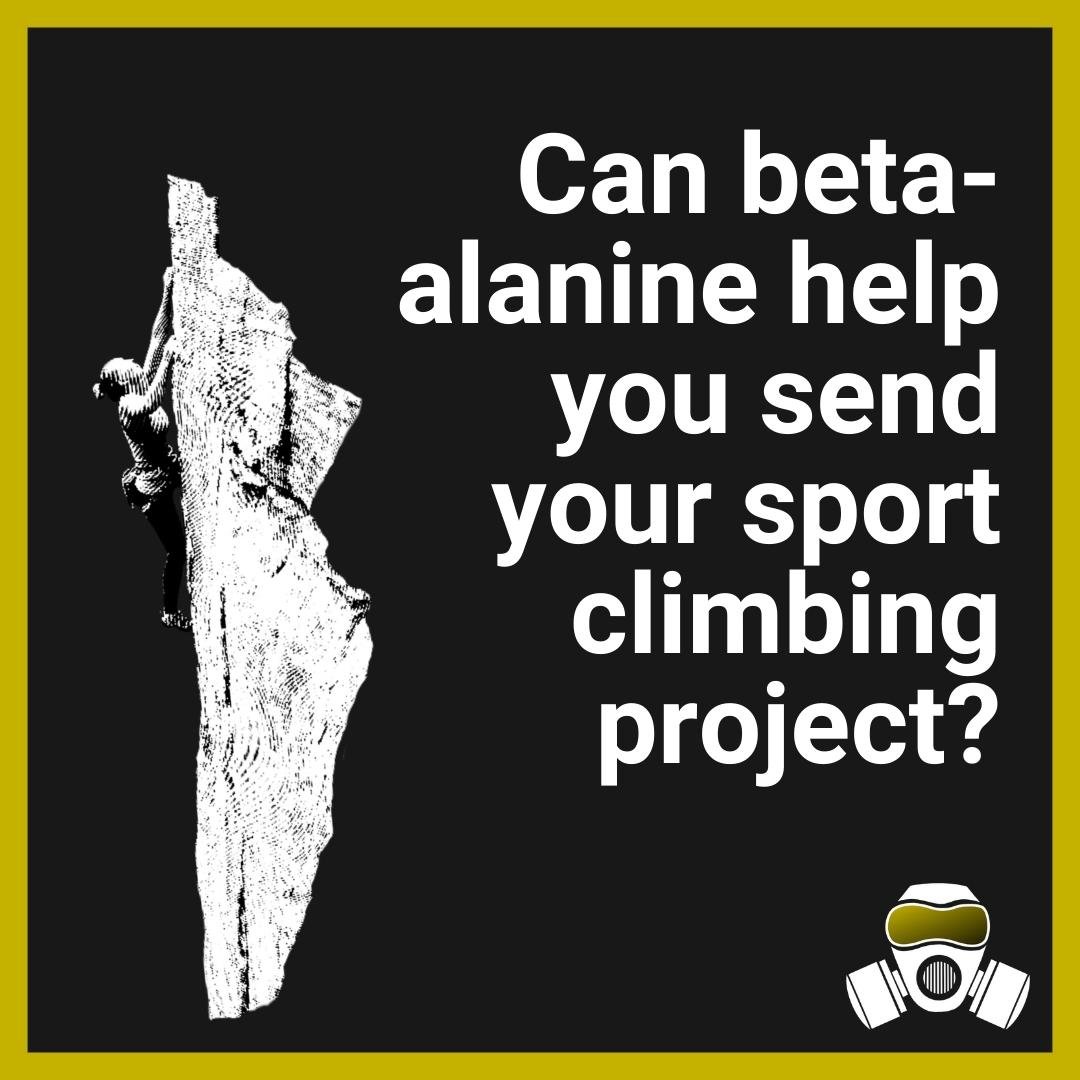


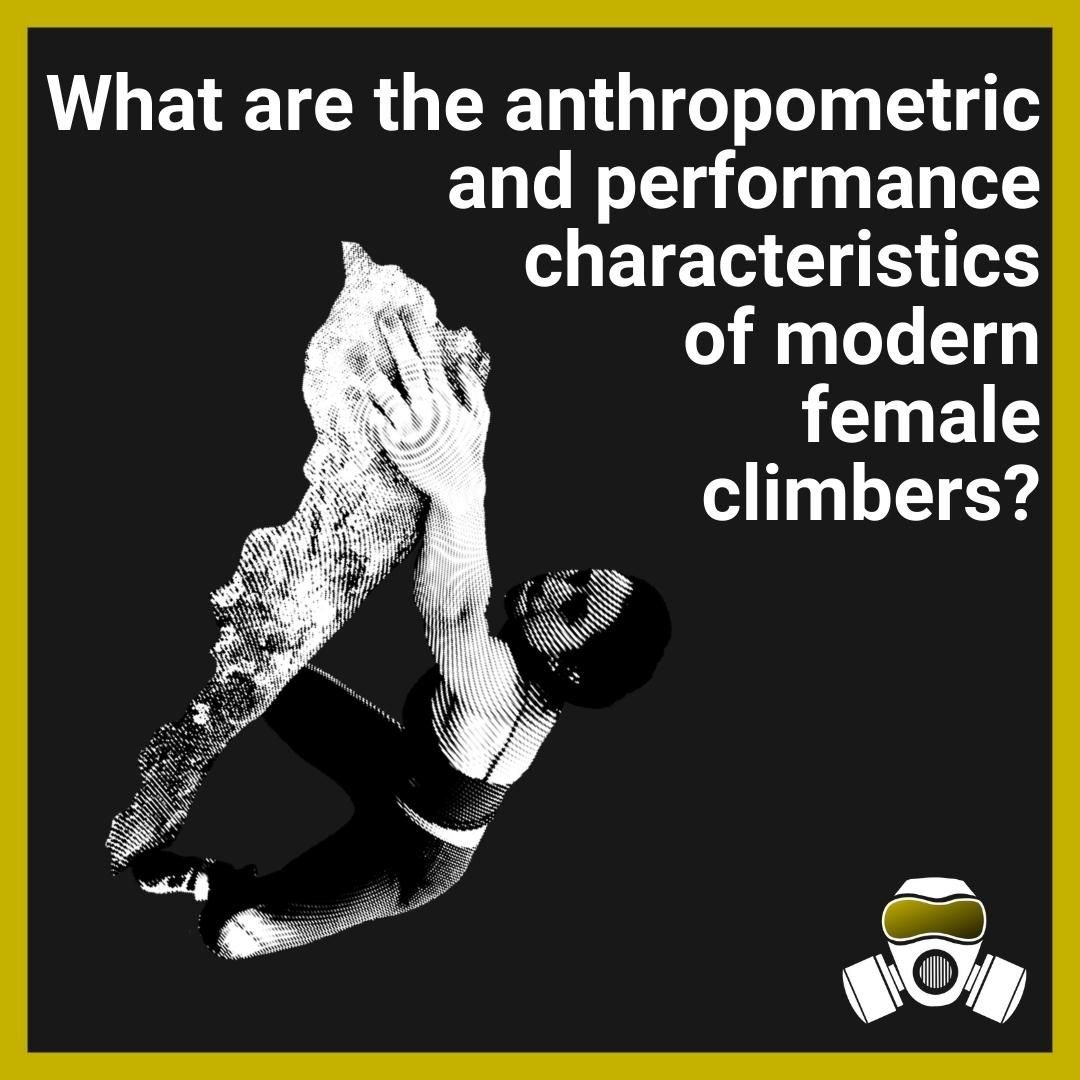
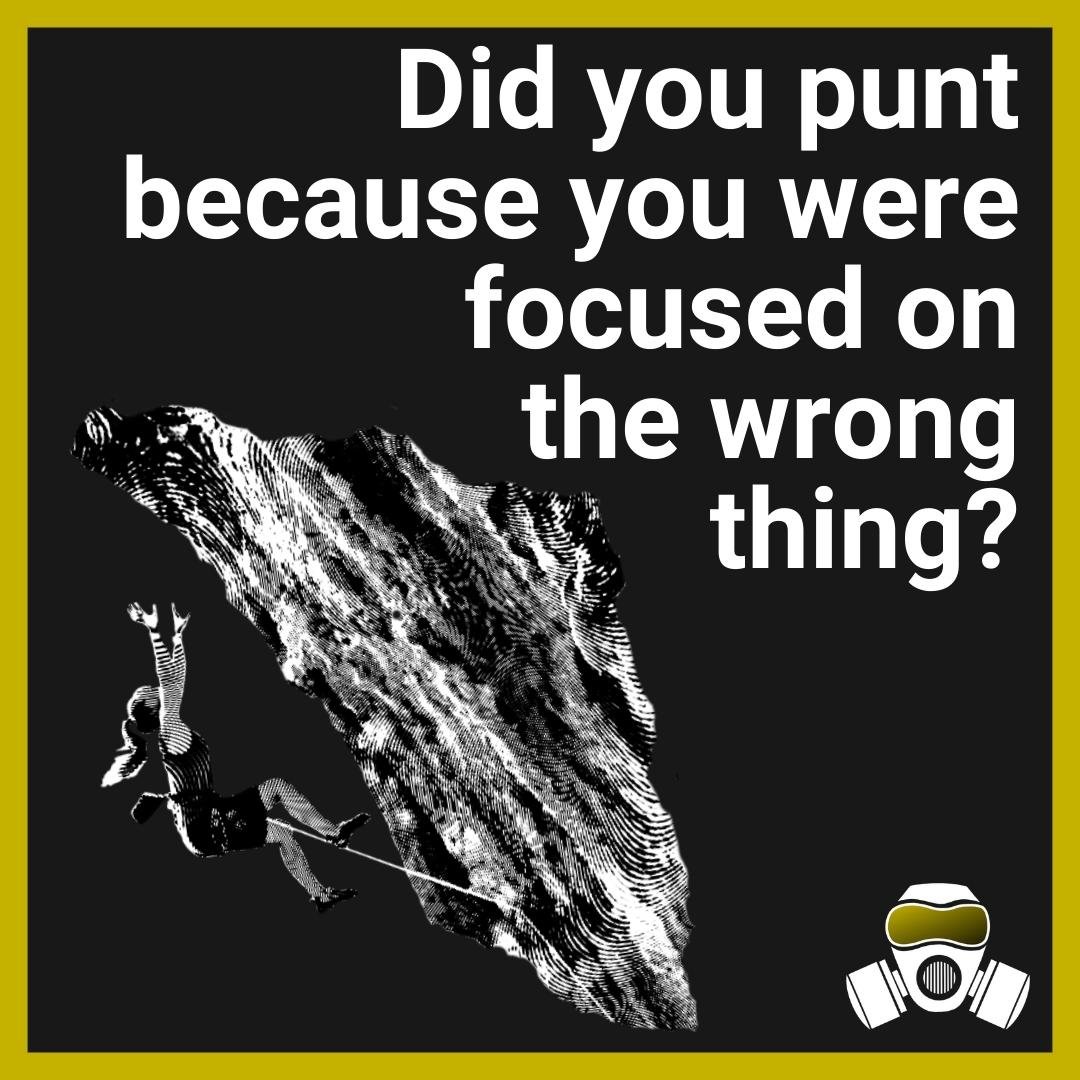
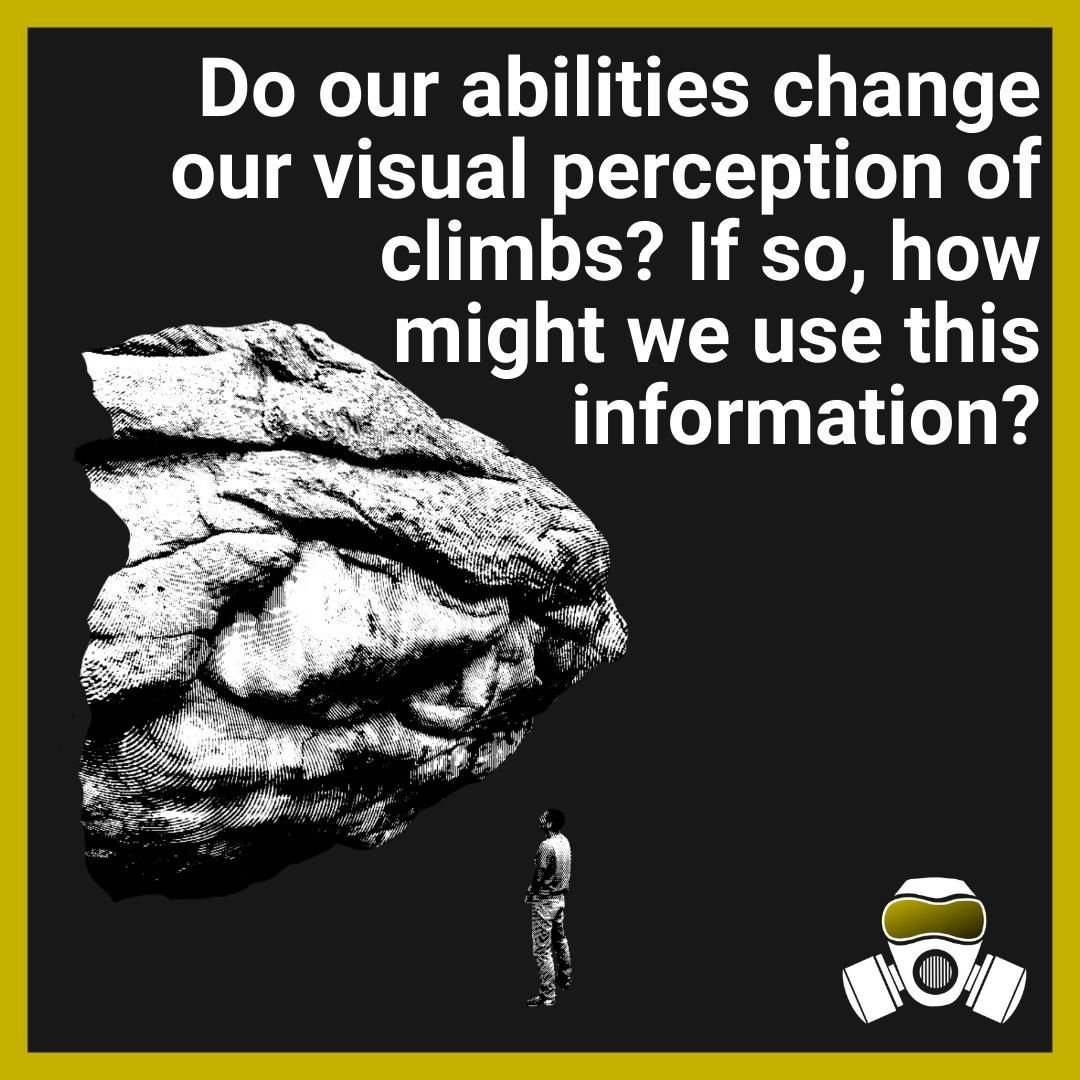
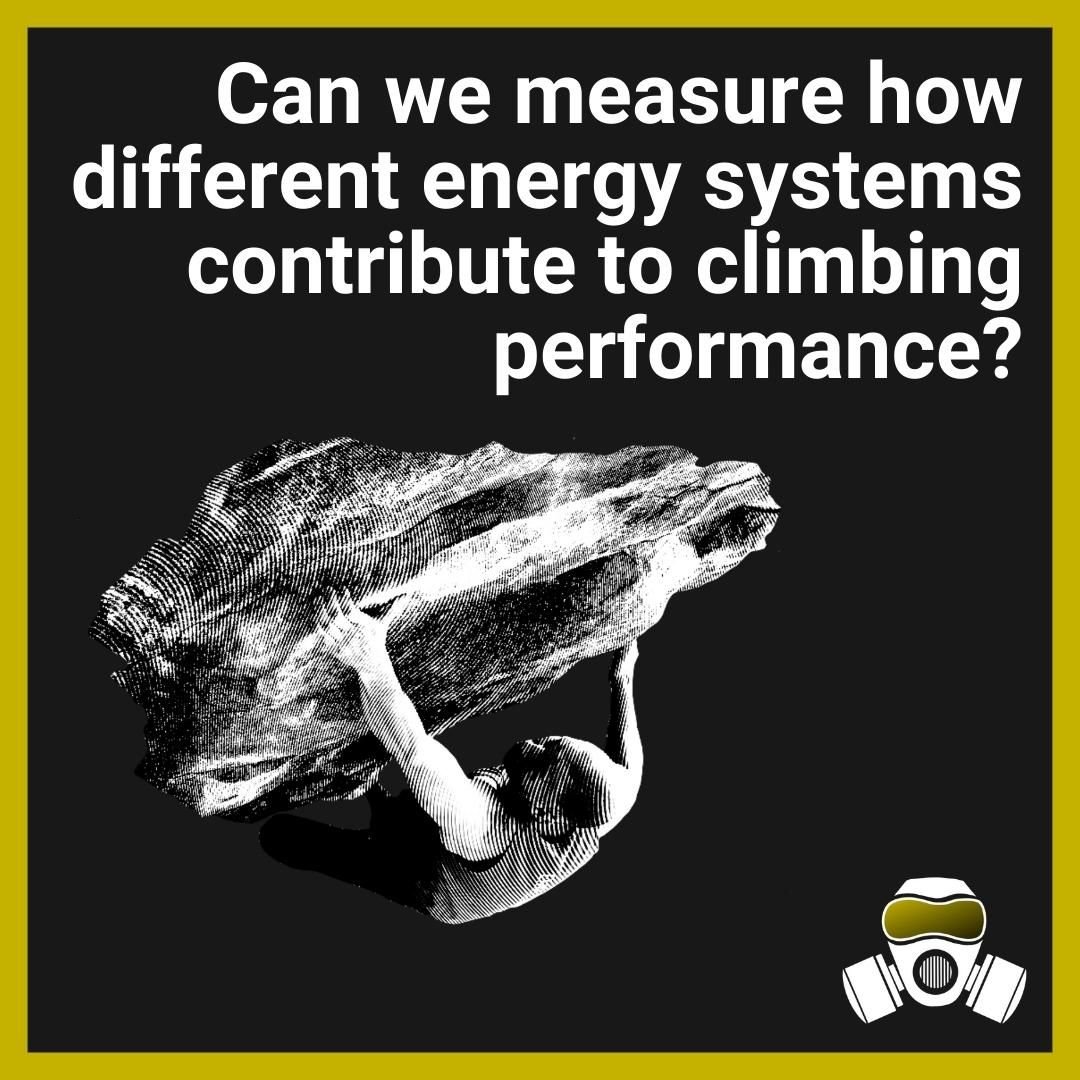
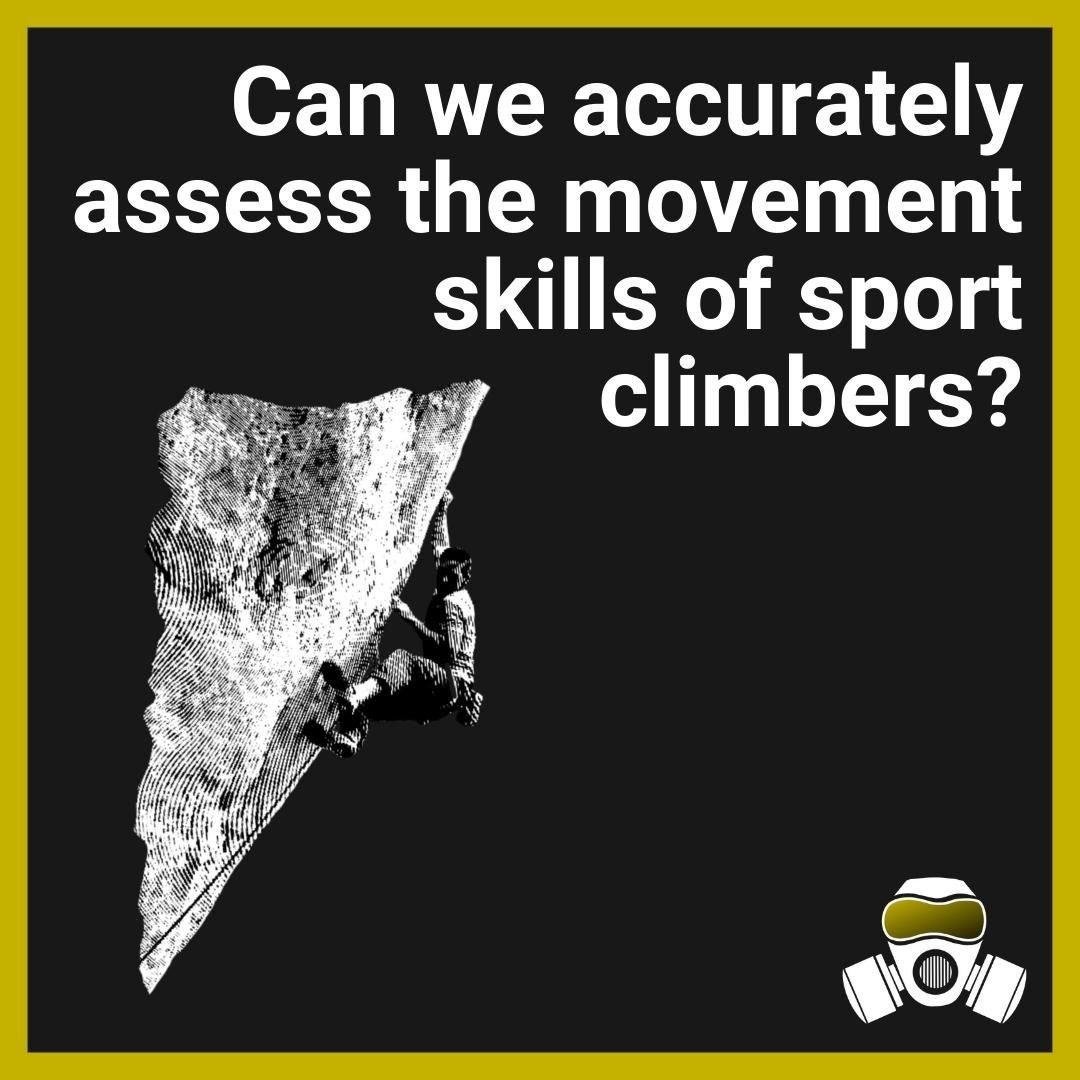
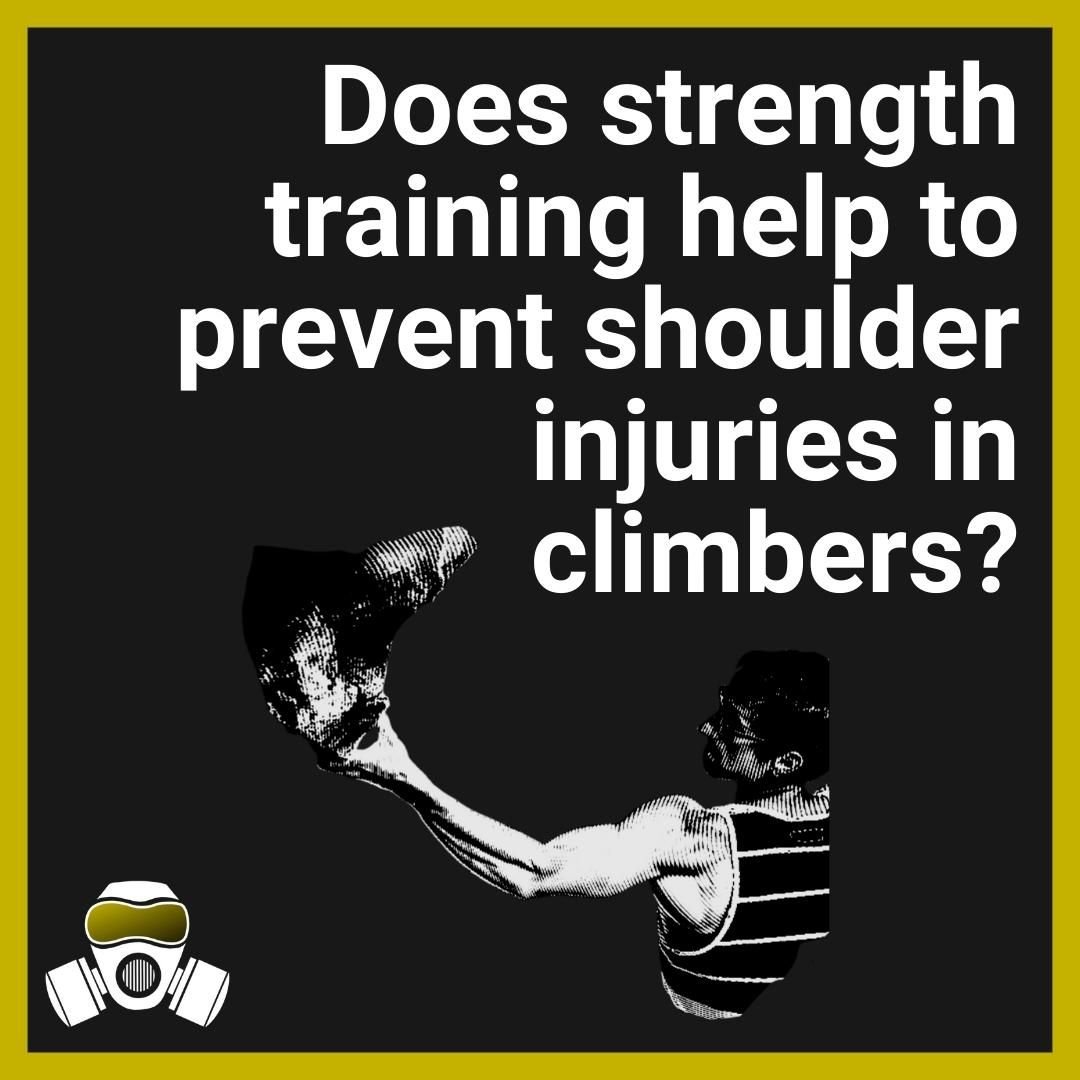







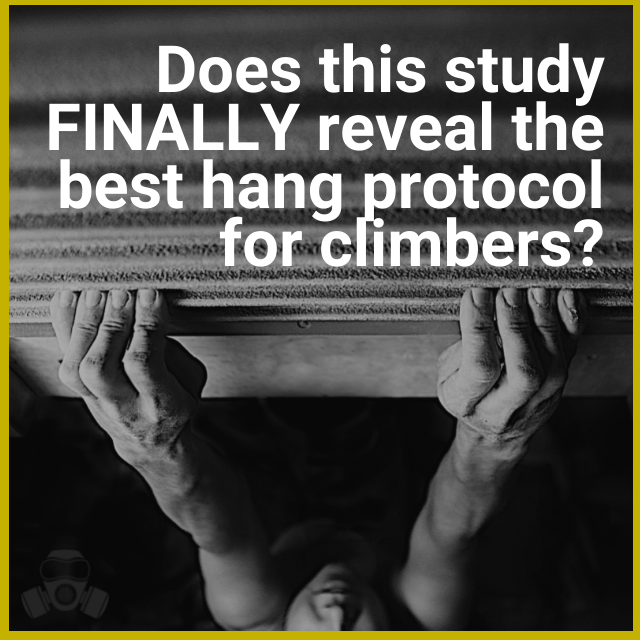


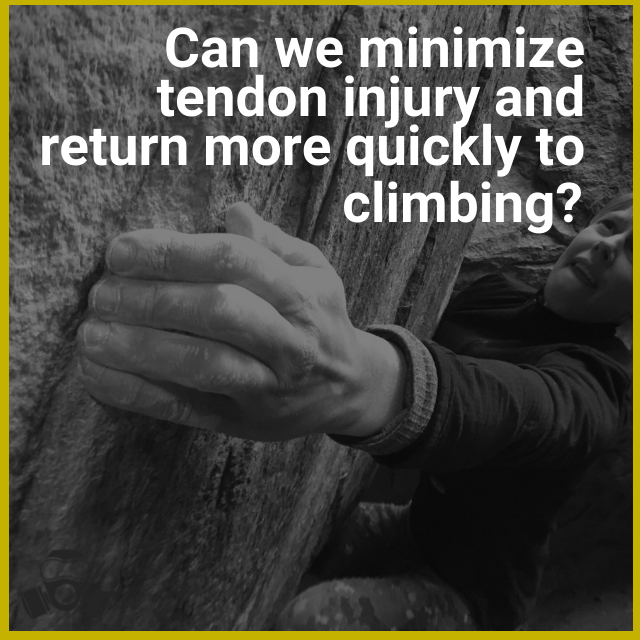
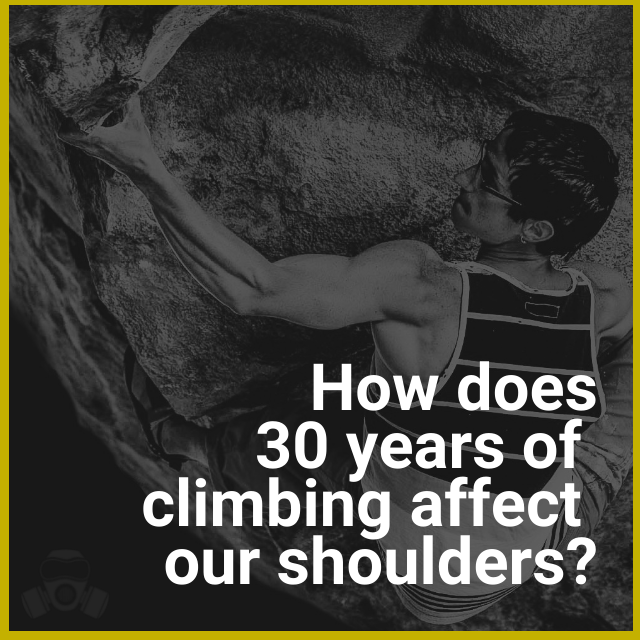

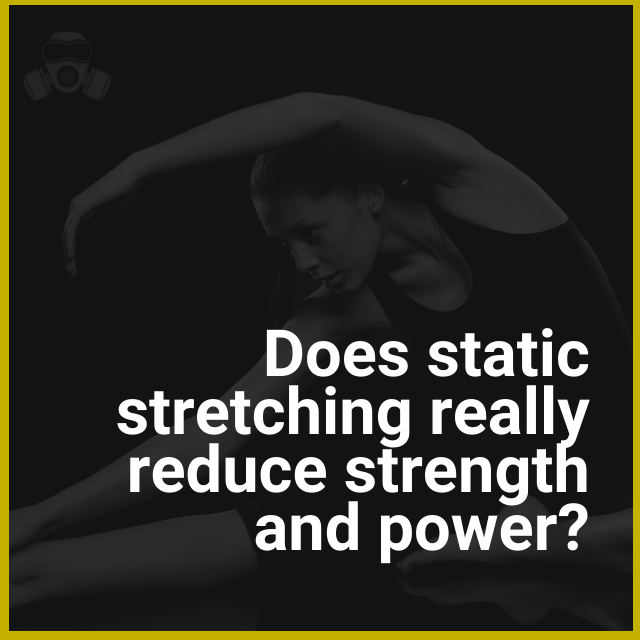




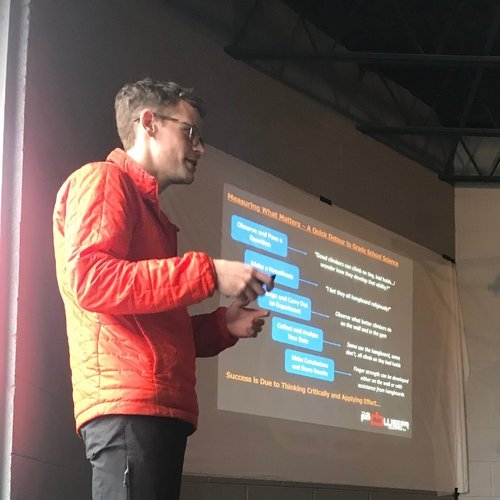



Kris and Paul dig into a paper that presents and then tests a method for measuring movement skills in sport climbing.